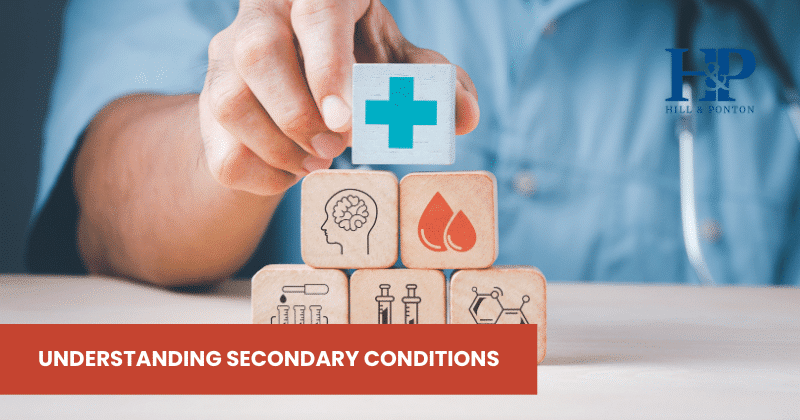While each condition that a veteran chooses to file for can be claimed individually, it is often advantageous to file all claims together, particularly if they involve related issues.
If you are seeking service-connection for multiple disabilities that were all caused by the same incident, the VA can examine that incident and determine if service-connection is warranted.
While each disability’s potential to be service-connected must be individually examined, the process can be made substantially easier for the VA when multiple related claims are filed at once.
Simplify a Complicated Process by Filing Your Claims Together
The VA allows you to file as many claims as you want, and when you want. This is usually convenient, because not all conditions may manifest at the same time. COPD, for example, can take years or even decades to develop.
If you submit your claims at various times, the VA may have to consider the same in-service incident again for each claim. Because of this, they may come to different conclusions each time, which may potentially be a good thing if you were denied or filing for an appeal, but it could also be a hindrance.
You May Be Missing Out on Backpay
A big consideration when filing multiple claims together, is the backpay award. Backpay essentially allows you to receive disability payments from the month during which you filed your first claim.
Because it often takes a substantial amount of time for the VA to decide disability claims, backpay can add up into hundreds or even thousands of dollars, especially in cases of multiple claims.
Should You Wait to File a Second Claim?
Some veterans may be tempted to wait to file a second claim while their first claim is still being processed because they do not want to slow down the process. While it is true that the first claim may be impacted and possibly delayed by the submission of a second claim, it is still advantageous to submit every claim you have as quickly as possible.
First, your effective date is assigned based on your date of claim, or when you submit an “Intent to File.” If you wait to file a second claim for several years after your first claim has been decided, you will effectively miss out on two years of retroactive backpay.
According to the VA’s Annual Benefits Report, the average number of service-connected disabilities per Veteran is 5.
If you wait on one claim before filing for the next, you could be waiting for a decade or more to have all of your claims processed. This isn’t even including time it may take to appeal a claim denial or reopen a claim.
In order to get the earliest possible effective date, best practice is to file your claim as soon as possible.
If you are interested in learning more about filing for disability benefits, check out our FREE ebook The Road to VA Compensation Benefits.





